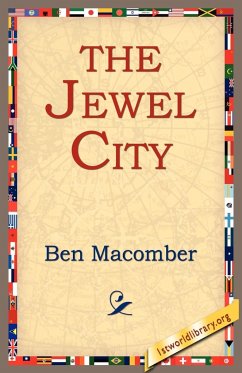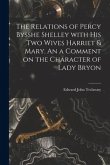Purchase one of 1st World Library's Classic Books and help support our free internet library of downloadable eBooks. Visit us online at www.1stWorldLibrary.ORG - - No more accurate account of the Panama-Pacific International Exposition has been given than one that was forced from the lips of a charming Eastern woman of culture. Walking one evening in the Fine Arts colonnade, while the illumination from distant search-lights accented the glory of Maybeck's masterpiece, and lit up the half-domes and arches across the lagoon, she exclaimed to her companion: "Why, all the beauty of the world has been sifted, and the finest of it assembled here!" This simple phrase, the involuntary outburst of a traveled visitor, will be echoed by thousands who feel the magic of what the master artists and architects of America have done here in celebration of the Panama Canal. I put the "artists" first, because this Exposition has set a new standard. Among all the great inter-national expositions previously held in the United States, as well as those abroad, it had been the fashion for managers to order a manufactures building from one architect, a machinery hall from another, a fine arts gallery from a third. These worked almost indepen-dently. Their structures, separately, were often beautiful; together, they seldom indicated any kinship or common purpose. When the buildings were completed, the artists were called in to soften their disharmonies with such sculptural and horticultural decoration as might be possible.
Hinweis: Dieser Artikel kann nur an eine deutsche Lieferadresse ausgeliefert werden.
Hinweis: Dieser Artikel kann nur an eine deutsche Lieferadresse ausgeliefert werden.









